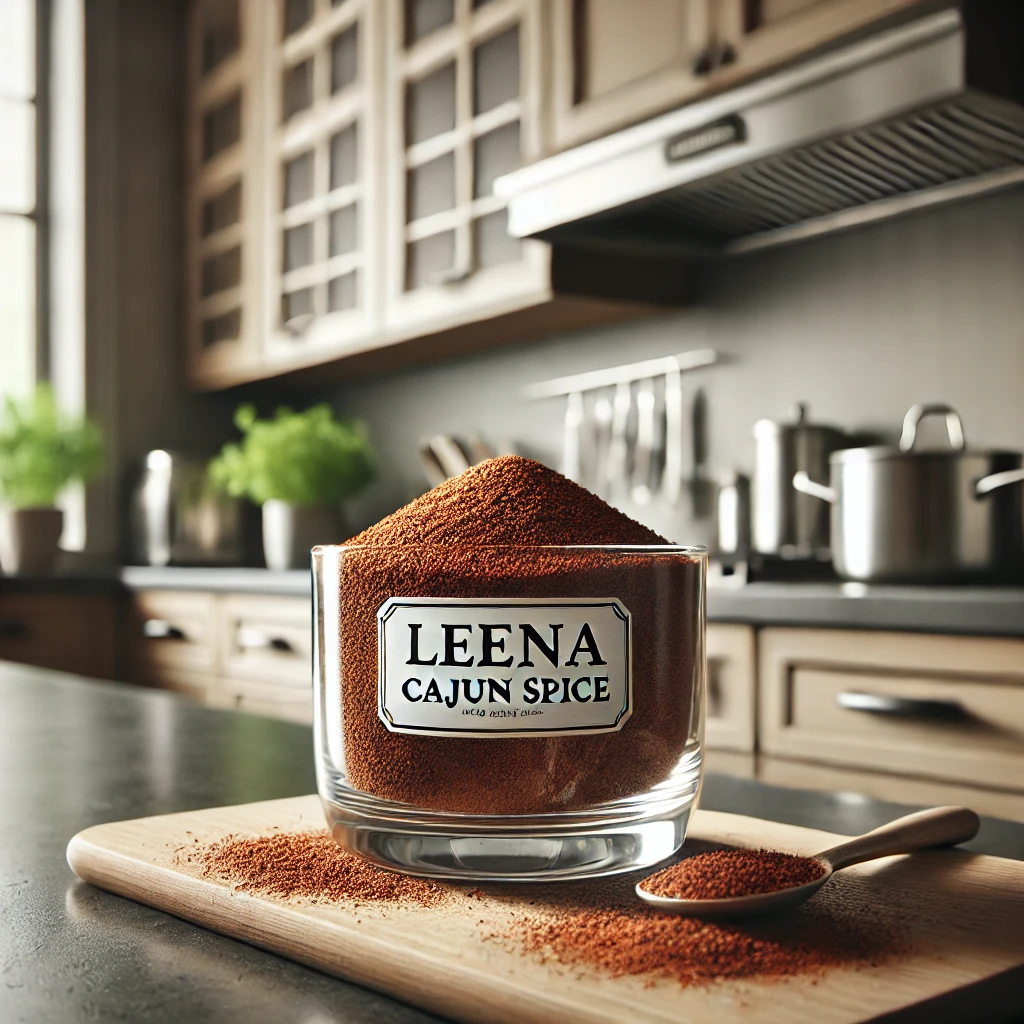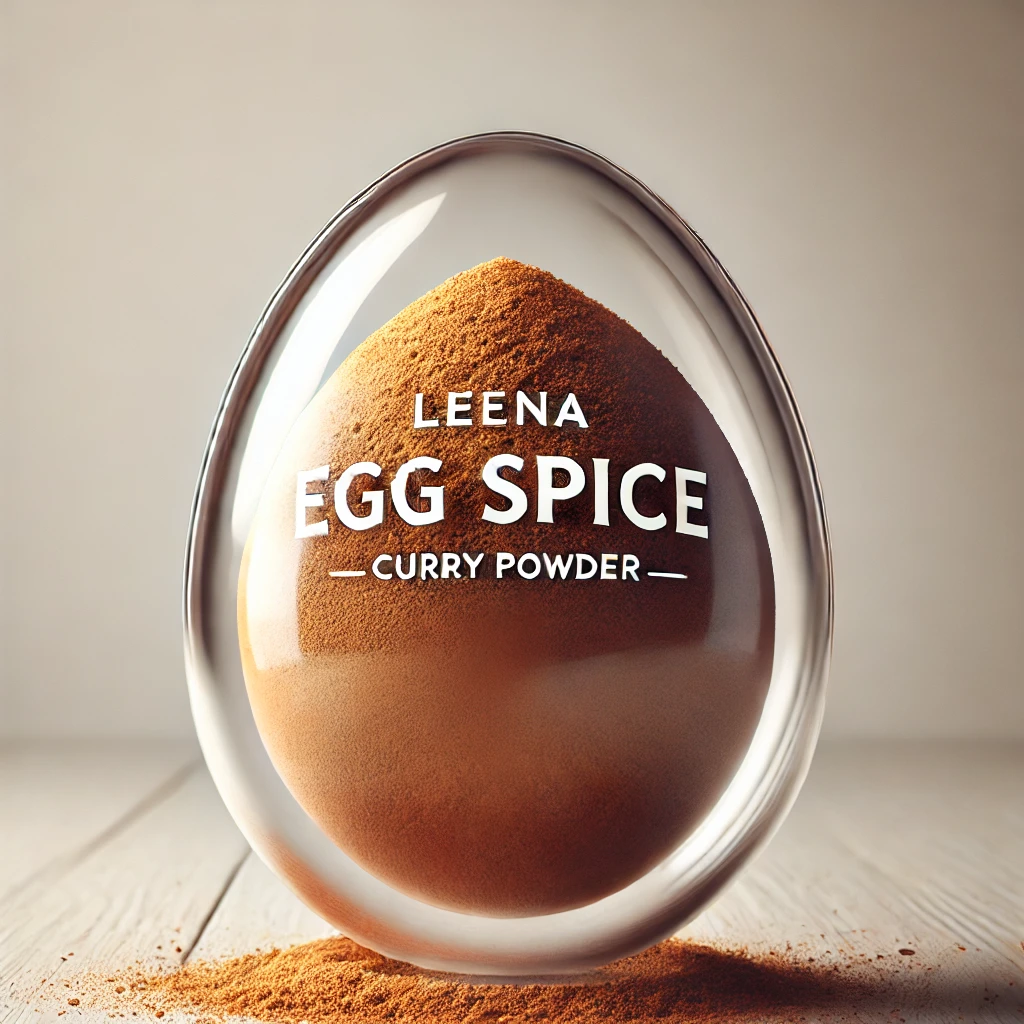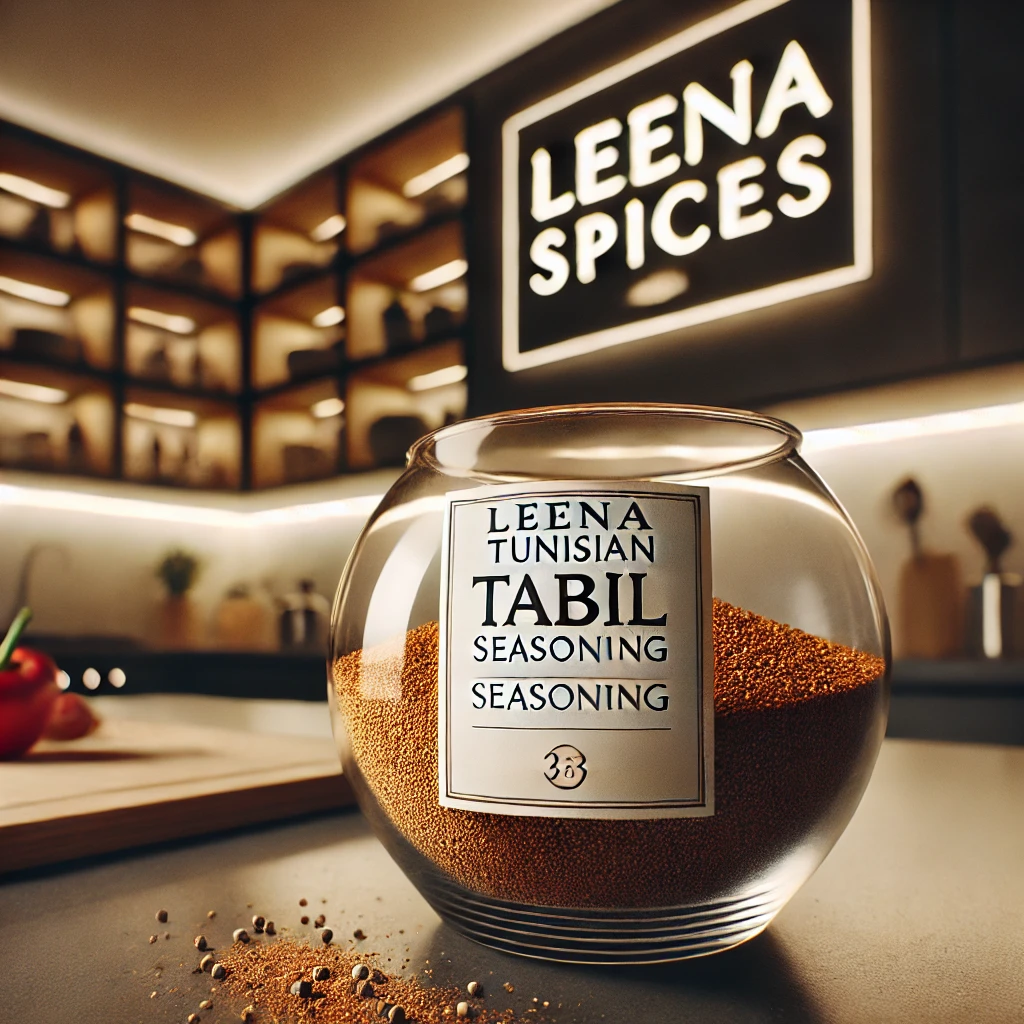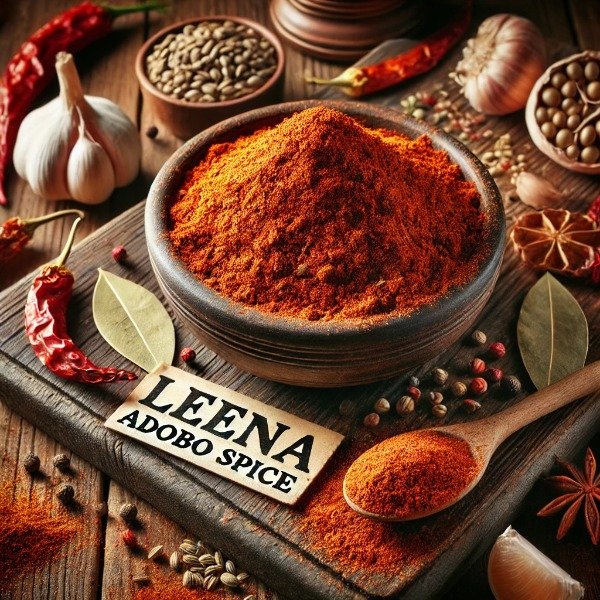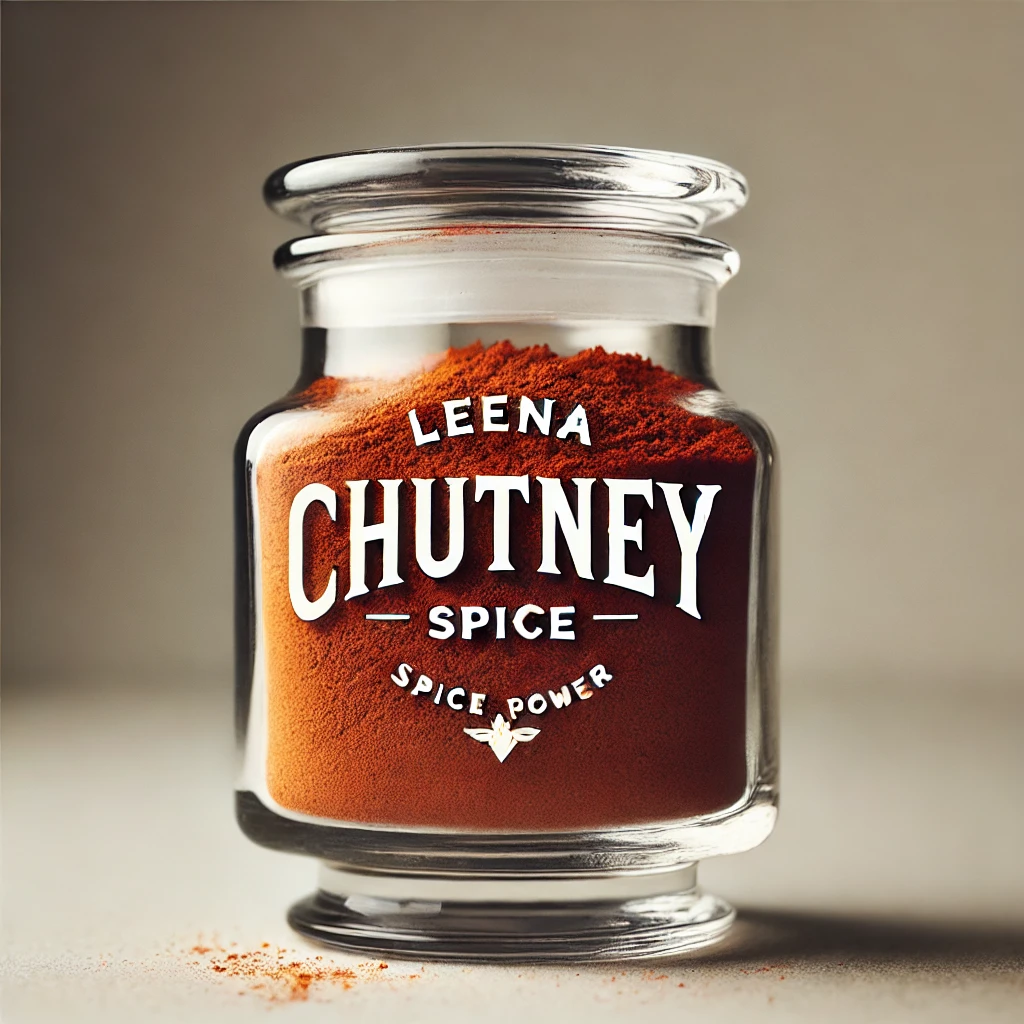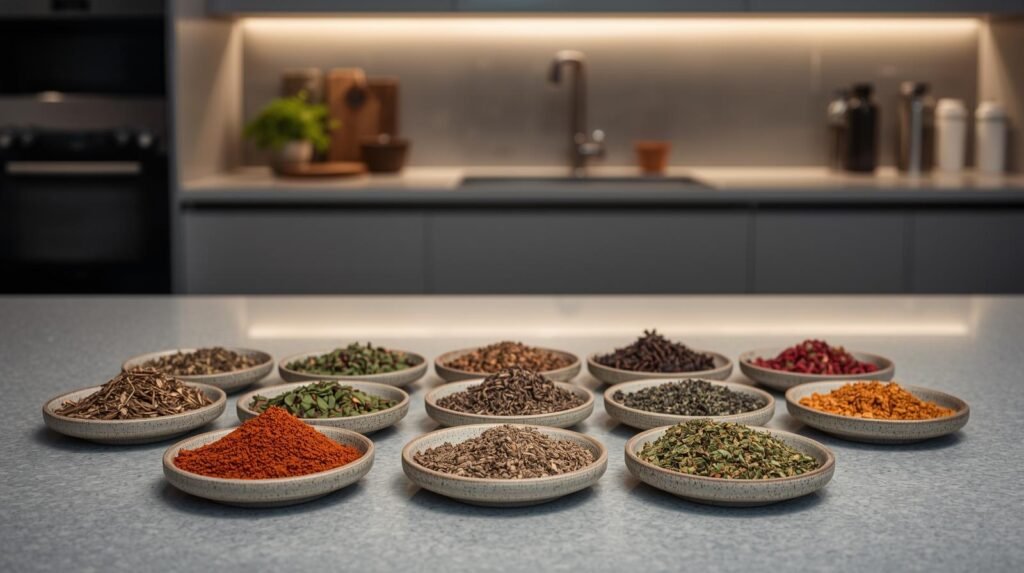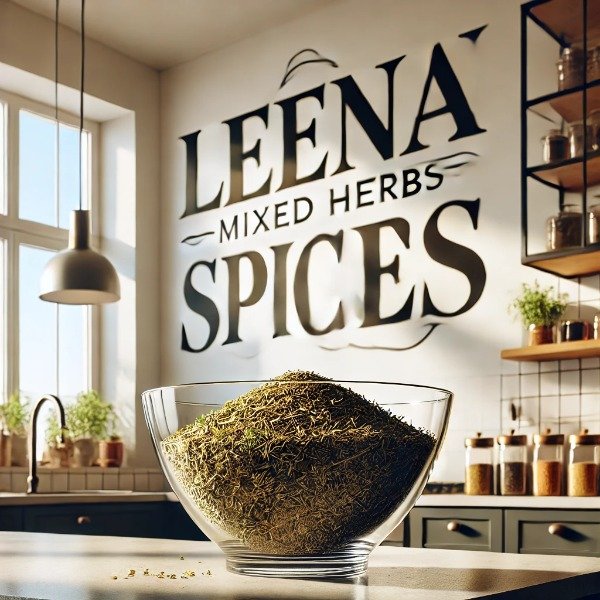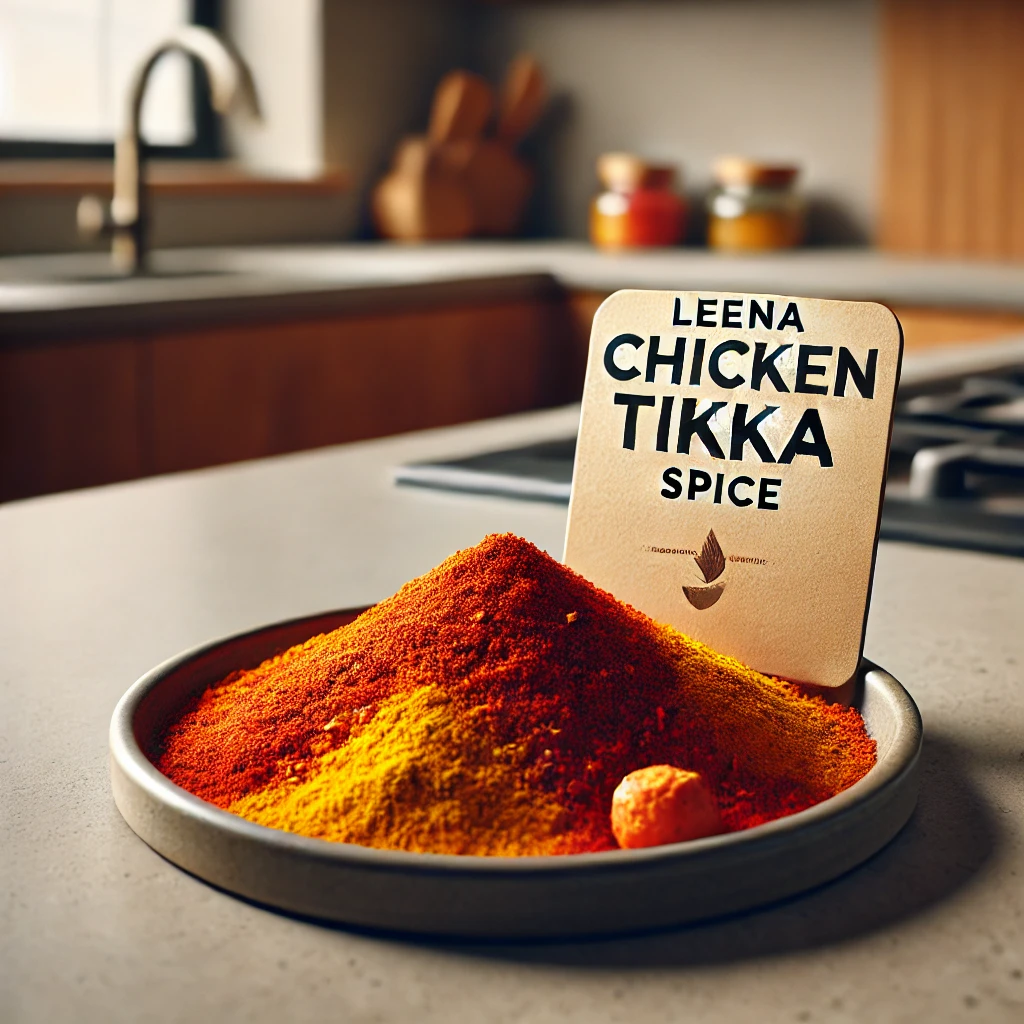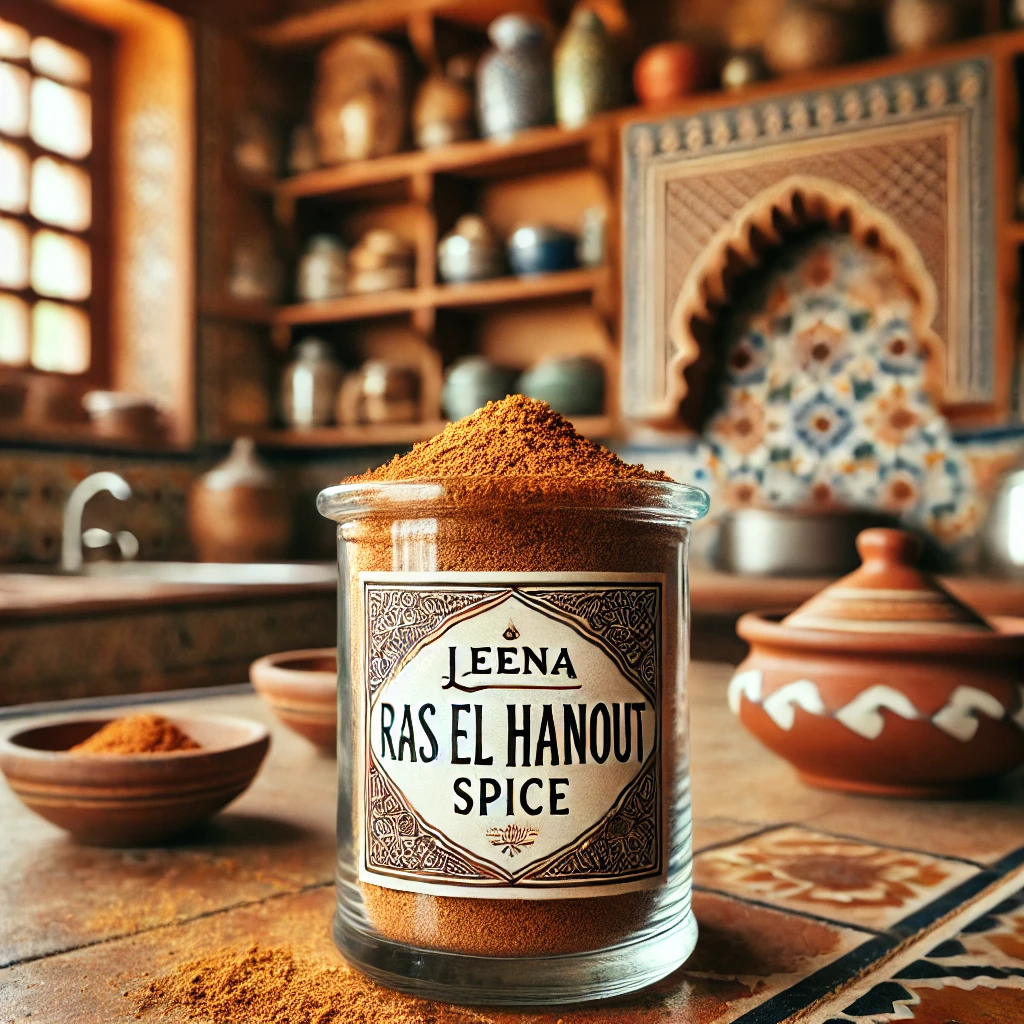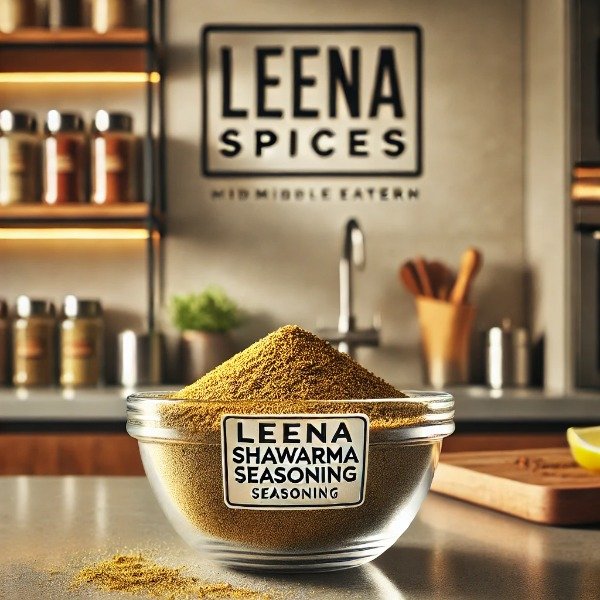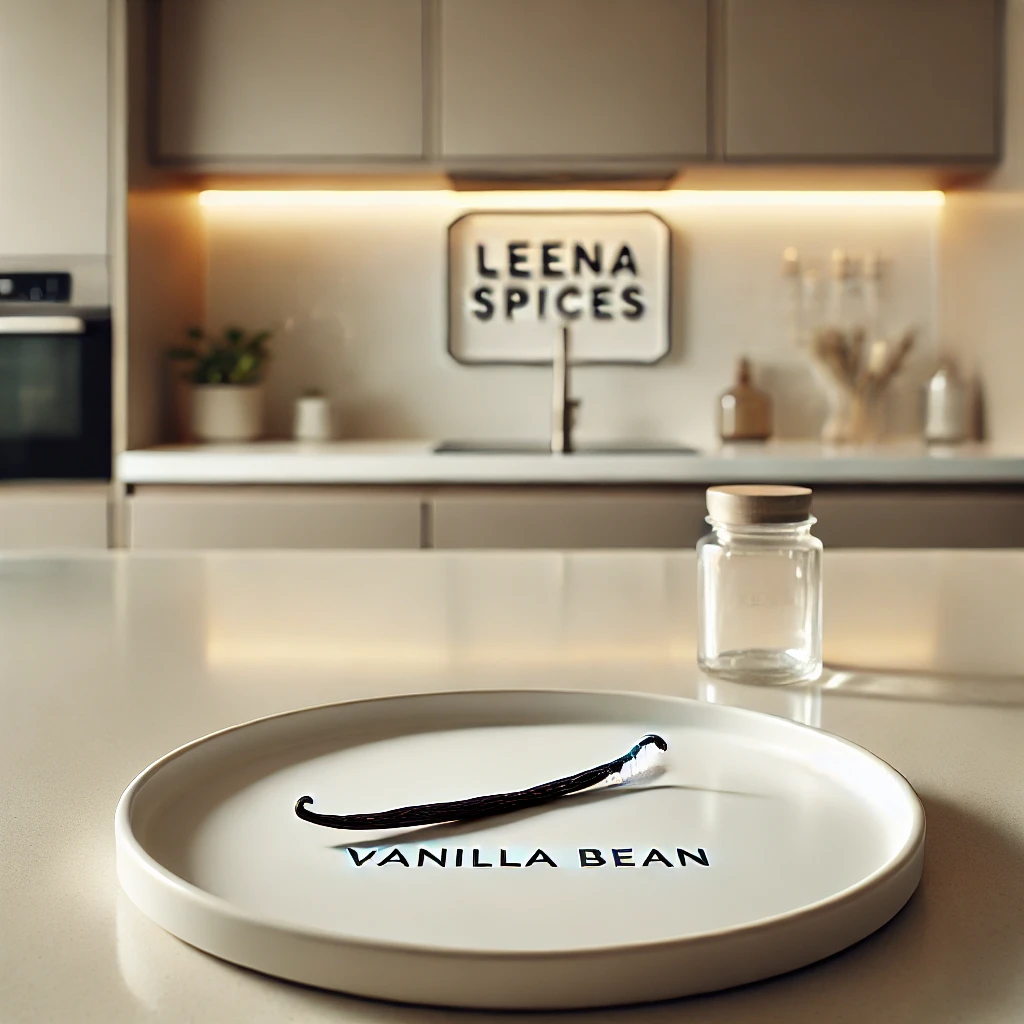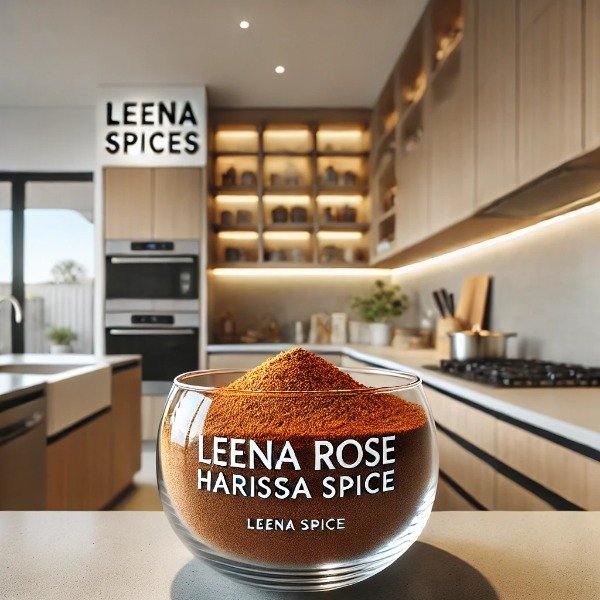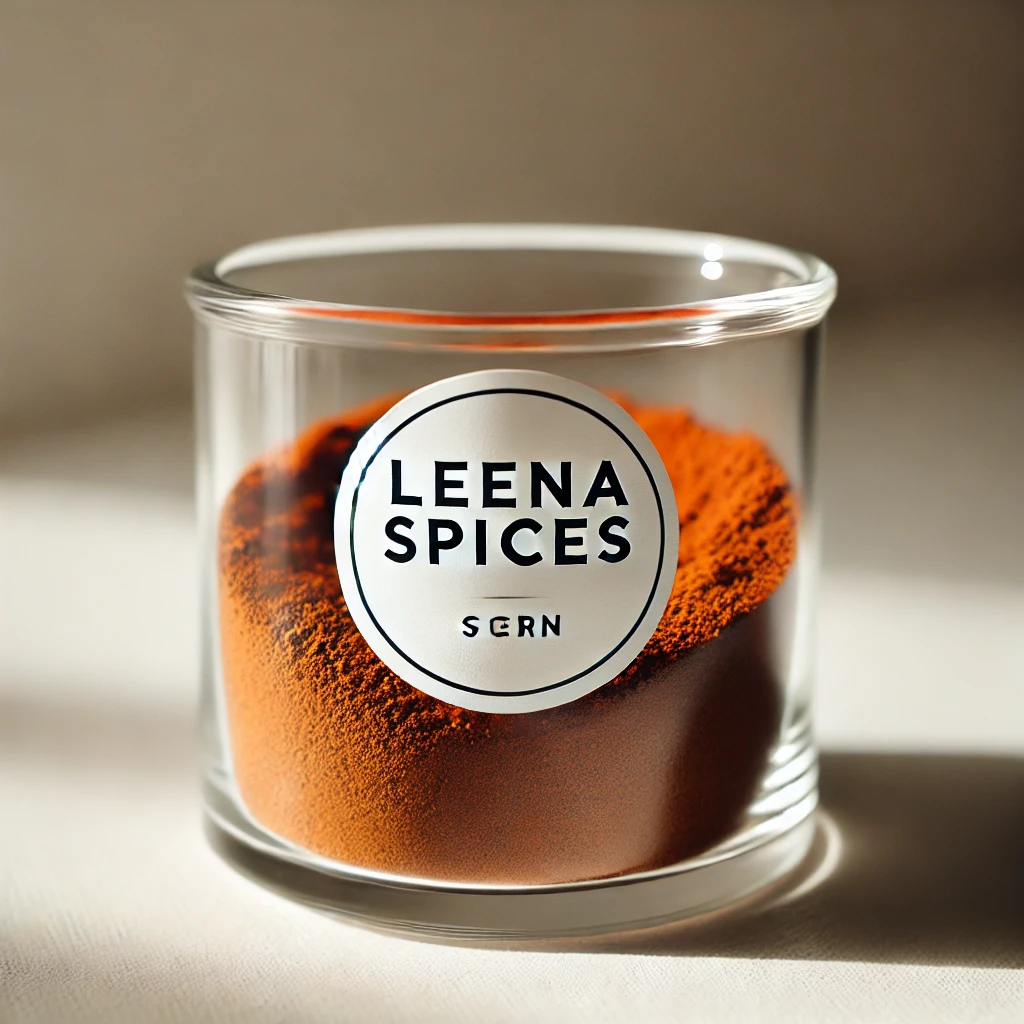7 Best Ways Aleppo Pepper Can Transform Your Cooking
Table of Contents
- What Is Aleppo Pepper?
- Frequently Asked Questions (FAQ)
- What is The History and Origin of Aleppo Pepper
- What is the Flavor Profile of Aleppo Pepper
- What is The Heat Level of Aleppo Pepper
What is The Taste of Aleppo Pepper
- How Aleppo Pepper Compares to Other Chili Peppers
- Best Takeaway Tips for Home Cooks
- Four Health Benefits of Aleppo Pepper
- Where to Buy Aleppo Pepper
- What to Look For
- How to Store and Preserve Aleppo Pepper
- Why Aleppo Pepper Is a Must-Have Food for Home Kitchens
What Is Aleppo Pepper?
Aleppo pepper, also known as Halaby pepper or Turkish chili, is a vibrant and coarsely ground red chili pepper originating from the region surrounding Aleppo, Syria. Celebrated for its distinctive flavor profile, Aleppo pepper combines moderate heat with fruity sweetness and a hint of smoky depth, making it a prized ingredient in both professional kitchens and home cooking.
With a Scoville Heat Unit (SHU) rating of approximately 10,000 to 20,000, Aleppo pepper offers a mild to moderate warmth that enhances rather than overwhelms a dish. This makes it an excellent alternative for those seeking nuanced spice without excessive heat.
What sets Aleppo pepper apart from standard crushed red chili flakes is its complex, layered flavor. It carries subtle notes of tanginess and cumin-like earthiness, along with a slight oiliness resulting from its traditional sun-drying and partial de-seeding process. These characteristics contribute to its versatility in a wide array of culinary applications—from dry rubs for grilled meats to vibrant salad dressings and Middle Eastern stews.
As global cuisines continue to influence modern cooking, Aleppo pepper has gained popularity for its ability to add warmth, color, and depth to everyday meals.

Frequently Asked Questions (FAQ)
1. Is Aleppo pepper the same as crushed red pepper?
No, Aleppo pepper is not the same as crushed red pepper. Although both are chili flake varieties, they differ significantly in flavor, heat level, and culinary use.
2. How spicy is Aleppo pepper compared to cayenne?
Aleppo pepper is significantly milder than cayenne pepper. On the Scoville Heat Scale, Aleppo pepper typically ranges from 10,000 to 20,000 Scoville Heat Units (SHU), whereas cayenne pepper ranges from 30,000 to 50,000 SHU.
3. Can I grow Aleppo chili peppers at home?
Yes, Aleppo chili peppers can be successfully grown at home, especially in warm climates. These peppers thrive in well-drained soil and require full sun exposure to produce vibrant, flavorful fruit.
For best results, start seeds indoors in early spring and transplant seedlings outdoors once the danger of frost has passed. Regular watering, proper spacing, and protection from pests will help ensure a healthy, productive crop.
4. What’s a good substitute for Aleppo pepper?
If Aleppo pepper is unavailable, a simple substitute can be created by combining sweet paprika with a small amount of cayenne pepper in a ratio of approximately 4:1. This blend approximates Aleppo pepper’s mild heat and vibrant color while providing a balanced flavor.
Alternatively, Maras pepper—a chili from Turkey—and ancho chili powder offer similar mild heat and smoky notes, though they lack Aleppo pepper’s distinctive fruity tang. While these substitutes can work well in many recipes, using Aleppo pepper itself is ideal to capture the authentic flavor profile.
5. Is Aleppo pepper safe for people with sensitive stomachs?
Aleppo pepper’s moderate heat generally makes it gentler than hotter chili varieties such as cayenne. However, individuals with sensitive stomachs or digestive conditions should use Aleppo pepper sparingly.
Capsaicin, the compound responsible for chili’s heat, can sometimes cause irritation or discomfort in sensitive individuals. If you have concerns or existing digestive issues, it is advisable to consult a healthcare professional before incorporating Aleppo pepper regularly into your diet.
What Is The History and Origin of Aleppo Pepper
The history of Aleppo pepper is rooted in the fertile plains surrounding Aleppo, Syria, a city that once thrived as a major trading center along the ancient Silk Road. Named after this historic city, Aleppo pepper—derived from the Capsicum annuum species—has been cultivated for centuries across the Mediterranean and Middle Eastern regions.
Traditionally, the peppers are allowed to fully ripen to a deep, rich red before being sun-dried, then crushed into coarse flakes. A small amount of salt and oil is often added during processing, not only to preserve their vivid color and robust flavor, but also to give the spice its signature slightly oily texture.
While Aleppo pepper has long been a staple in Middle Eastern cooking, its introduction to Western kitchens is relatively recent. In the early 2000s, as interest in Middle Eastern and Mediterranean cuisine grew in the United States, Aleppo pepper began appearing in specialty food shops and upscale restaurants, quickly earning a reputation among chefs and food enthusiasts for its unique flavor.
However, the ongoing geopolitical instability in Syria has disrupted traditional production and export. As a result, much of the Aleppo pepper available today is now grown in Turkey, where similar climate and soil conditions allow for high-quality cultivation. These products are often labeled as “Aleppo-style” pepper, reflecting their adherence to traditional processing methods while acknowledging the shift in geographic origin.
Despite these changes, the essence of Aleppo pepper remains the same: a richly flavorful chili with a deep cultural and culinary legacy that continues to inspire kitchens around the world.
What is The Flavor Profile Aleppo Pepper?
Aleppo pepper is distinguished by its complex and well-balanced flavor, offering a harmonious blend of moderate heat, natural sweetness, gentle smokiness, and subtle tanginess. This unique profile makes it particularly appealing to those who enjoy bold yet approachable flavors.
What is The Heat Level of Aleppo Pepper?
On the Scoville Heat Scale, Aleppo pepper measures between 10,000 and 20,000 Scoville Heat Units (SHUs). This places it in the moderate heat category, hotter than paprika or ancho chili, but significantly milder than cayenne or habanero. The result is a warming spice that enhances flavor without overwhelming the palate, making it suitable for a wide range of dishes.
What is The Taste of Aleppo Pepper?
The flavor characteristics of Aleppo pepper are often described as follows:
- Fruity – Offers a subtle, raisin-like sweetness that pairs beautifully with tangy elements such as tomatoes, lemon, or yogurt-based sauces.
- Smoky – Developed through the traditional sun-drying method, the smokiness is mild and refined, somewhat reminiscent of chipotle but far less intense.
- Tangy – A gentle tartness adds complexity and brightens dishes, complementing both meat and vegetable preparations.
- Earthy – Undertones of cumin or dried oregano give Aleppo pepper a savory depth, making it an excellent match for roasted meats, stews, or even comfort foods like chili.
In addition to its flavor, Aleppo pepper offers visual appeal with its coarse, ruby-red flakes, making it an attractive finishing spice for everything from grilled vegetables to Mediterranean salads and barbecue meats. Its texture, color, and balance of heat and aroma have earned it a prominent place in modern kitchens, where chefs and home cooks alike use it to elevate both everyday meals and gourmet dishes.
How Aleppo Pepper Compare to Other Chili Peppers?
This chart compares the best unique qualities of Aleppo pepper.
Chili Pepper | Scoville Heat Units | Flavor Notes | Common Uses |
Aleppo Pepper | 10,000–20,000 | Fruity, smoky, tangy, earthy | BBQ rubs, marinades, dips, salads |
Cayenne Pepper | 30,000–50,000 | Sharp, intense heat | Hot sauces, spicy wings, Cajun dishes |
Crushed Red Pepper | 15,000–30,000 | Hot, one-dimensional | Pizza topping, Italian-American dishes |
Paprika (Sweet) | 100–1,000 | Sweet, mild, slightly earthy | Deviled eggs, stews, garnishes |
Chipotle Pepper | 5,000–10,000 | Smoky, rich, slightly sweet | Tacos, salsas, barbecue sauces |
Best Takeaway Tips for Home Cooks
1. Balanced Heat:
- Aleppo pepper offers a gentler alternative to hotter chilies like cayenne. Its moderate spice level makes it ideal for dishes where heat is meant to enhance rather than overpower the overall flavor profile.
2. Depth of Flavor:
- Unlike standard crushed red pepper flakes, Aleppo pepper delivers a more complex and layered taste. Its combination of sweet, smoky, and tangy notes can elevate everyday favourites such as mac and cheese, scrambled eggs, or grilled vegetables, into restaurant-worthy creations.
3. Refined Smokiness:
- While it shares a smoky quality with chipotle, Aleppo pepper stands out for its brighter, fruitier undertone, offering a more nuanced and versatile flavor for adventurous cooks seeking bold but balanced seasoning.
Aleppo pepper is celebrated for its remarkable versatility in the kitchen. Its moderate heat and nuanced flavor make it an ideal ingredient for a wide range of dishes, especially those that embrace bold, yet approachable taste profiles. Both home cooks and professional chefs are finding creative ways to incorporate this spice into everyday meals.
How Can I use Aleppo Pepper?
5 best ways to use Aleppo Pepper:
1. Barbecue and Grilling:
Aleppo pepper adds a smoky, tangy depth to dry rubs for ribs, brisket, chicken wings, or grilled vegetables. Its balanced heat complements sweet and savory barbecue sauces, enhancing traditional American BBQ dishes without overpowering them.
2. Salads and Dressings:
- A pinch of Aleppo pepper stirred into vinaigrettes or creamy dressings adds gentle warmth and complexity. It works especially well with fresh greens, avocado, or grain-based salads, offering a subtle yet noticeable kick that enhances natural flavors.
3. Dips and Spreads:
- Blend Aleppo pepper into hummus, guacamole, whipped feta, or queso for a vibrant, unexpected twist. Its sweet heat and rich color bring new dimension to crowd-pleasing party dips and spreads.
4. Roasted Vegetables:
- Toss vegetables like carrots, sweet potatoes, cauliflower, or Brussels sprouts with olive oil and Aleppo pepper before roasting. The spice enhances caramelization, adds visual appeal, and delivers a warm, savory finish—perfect for side dishes or vegetarian mains.
5. Breakfast Dishes:
- Aleppo pepper is a flavorful addition to scrambled eggs, omelets, breakfast burritos, or avocado toast. Its gentle heat awakens the palate without overwhelming the more delicate flavors of morning meals.
From quick weeknight dinners to festive gatherings, Aleppo pepper adds depth, color, and complexity to countless dishes, making it a must-have spice in any modern kitchen.
4 Health Benefits of Aleppo Pepper
In addition to its rich culinary appeal, Aleppo pepper offers several health benefits, making it a smart choice for health-conscious individuals. Like many chili peppers, it contains capsaicin, the active compound responsible for its heat, which has been widely studied for its potential therapeutic properties.
Here are some of the key health advantages associated with Aleppo pepper:
• Anti-Inflammatory Properties:
- Capsaicin has shown promise in reducing inflammation, a contributing factor to chronic conditions such as arthritis and metabolic syndrome. A 2023 study published in the Journal of Nutritional Biochemistry found that diets rich in capsaicin were associated with lower levels of inflammatory markers in adults, suggesting a possible role in supporting long-term joint and tissue health.
• Metabolism Support:
- Capsaicin may stimulate thermogenesis—the body’s process of generating heat and burning calories. According to a 2024 review in the American Journal of Clinical Nutrition, capsaicin can enhance metabolic rate, offering potential support for individuals aiming to manage weight through dietary choices.
• Rich in Antioxidants:
- Aleppo pepper is a natural source of vitamins A and C, both of which act as powerful antioxidants. These nutrients help protect the body from oxidative stress, support immune function, and contribute to skin and tissue health—essential factors for overall well-being.
• Cardiovascular Health:
- A very small consumption of chili peppers may be linked to a reduced risk of heart disease. Potential benefits include improved circulation, lower blood pressure, and reduced cholesterol levels.
Note: While Aleppo pepper is generally safe for most people, those with sensitive stomachs or digestive conditions should consult with a healthcare professional before significantly increasing their intake of chili-based spices.
Where to Buy Aleppo Pepper?
- Specialty Spice Retailers: Renowned spice merchants such as The Spice House (available online and in select cities like Chicago) and Penzeys Spices often carry Aleppo pepper sourced directly from Turkey. These retailers are known for their commitment to freshness and quality.
- Online Marketplaces: Platforms like Amazon, com, and Thrive Market feature Aleppo pepper from trusted brands. When browsing, look for labels such as “Aleppo-style” or “Halaby pepper” to ensure you’re getting a product that closely adheres to traditional standards.
- Middle Eastern Markets: In metropolitan areas local Middle Eastern grocery stores are excellent sources for Aleppo pepper at competitive prices.
- Supermarkets: Upscale grocery chains occasionally stock Aleppo pepper in their spice sections, particularly in diverse, urban locations where global flavors are in high demand.
What to Look For Before Buying Aleppo Peppers?
When purchasing Aleppo pepper, quality indicators include:
- A vibrant red color, signaling freshness
- A slightly oily texture, due to traditional processing with oil and salt
- A rich, fruity aroma, characteristic of authentic Aleppo-style peppers
Buying from reputable sources ensures you’re getting the full flavor experience this spice has to offer.
How to Store and Preserve Aleppo Pepper?
To fully enjoy the rich flavor and vibrant color of Aleppo pepper in your kitchen, proper storage practices are essential. Like all spices, Aleppo pepper is sensitive to light, heat, and moisture, which can quickly degrade its quality if not stored correctly. Here are 4 best ways to store and preserve Aleppo Pepper:
• Keep It Cool and Dry:
- Store Aleppo pepper in an airtight container in a cool, dry place, such as a pantry or dedicated spice drawer. Avoid areas near stovetops or windows where heat and light can break down the spice’s essential oils and diminish its flavor.
• Use Glass Jars:
- Opt for glass spice jars with tight-fitting lids to maintain freshness and prevent cross-contamination of aromas. Unlike plastic, glass does not absorb oils or odors, which helps preserve the pepper’s purity.
• Refrigerate for Extended Shelf Life:
- If you live in a warm or humid climate, consider storing Aleppo pepper in the refrigerator to prolong its freshness. When properly sealed, refrigerated Aleppo pepper can remain flavorful for up to 18 months.
• Check for Freshness Regularly:
- Fresh Aleppo pepper should have a bright, fruity aroma, a deep red hue, and a slightly oily texture. If it appears dull, dry, or has a faded scent, it’s time to replace it to ensure the best flavor in your cooking.
For optimal taste and performance in your recipes—especially for special occasions, dinner parties, or family meals—aim to use Aleppo pepper within 6 to 12 months of purchase.
Why Aleppo Pepper Is a Must-Have Food For Home Kitchens?
The growing popularity of Aleppo pepper reflects a larger culinary movement: one that embraces global flavors, authentic ingredients, and a desire for depth without complexity. With its moderate heat, fruity-smoky undertones, and remarkable versatility, Aleppo pepper is quickly earning its place in the American kitchen—enhancing everything from Southern barbecue to California-style grain bowls and salads.
Whether you’re a passionate home cook or a professional chef, Aleppo pepper offers a simple yet sophisticated way to elevate your cooking. Its ability to add warmth and complexity, without requiring technical skill, makes it ideal for both everyday meals and special occasions.
Incorporating Aleppo pepper into your pantry isn’t just about flavor—it’s about being part of a broader community of food lovers who appreciate tradition, quality, and cultural connection.
As American palates continue to evolve and embrace bold, international ingredients, Aleppo pepper is poised to become a pantry staple, much like sriracha, smoked paprika, or harissa in years past.




